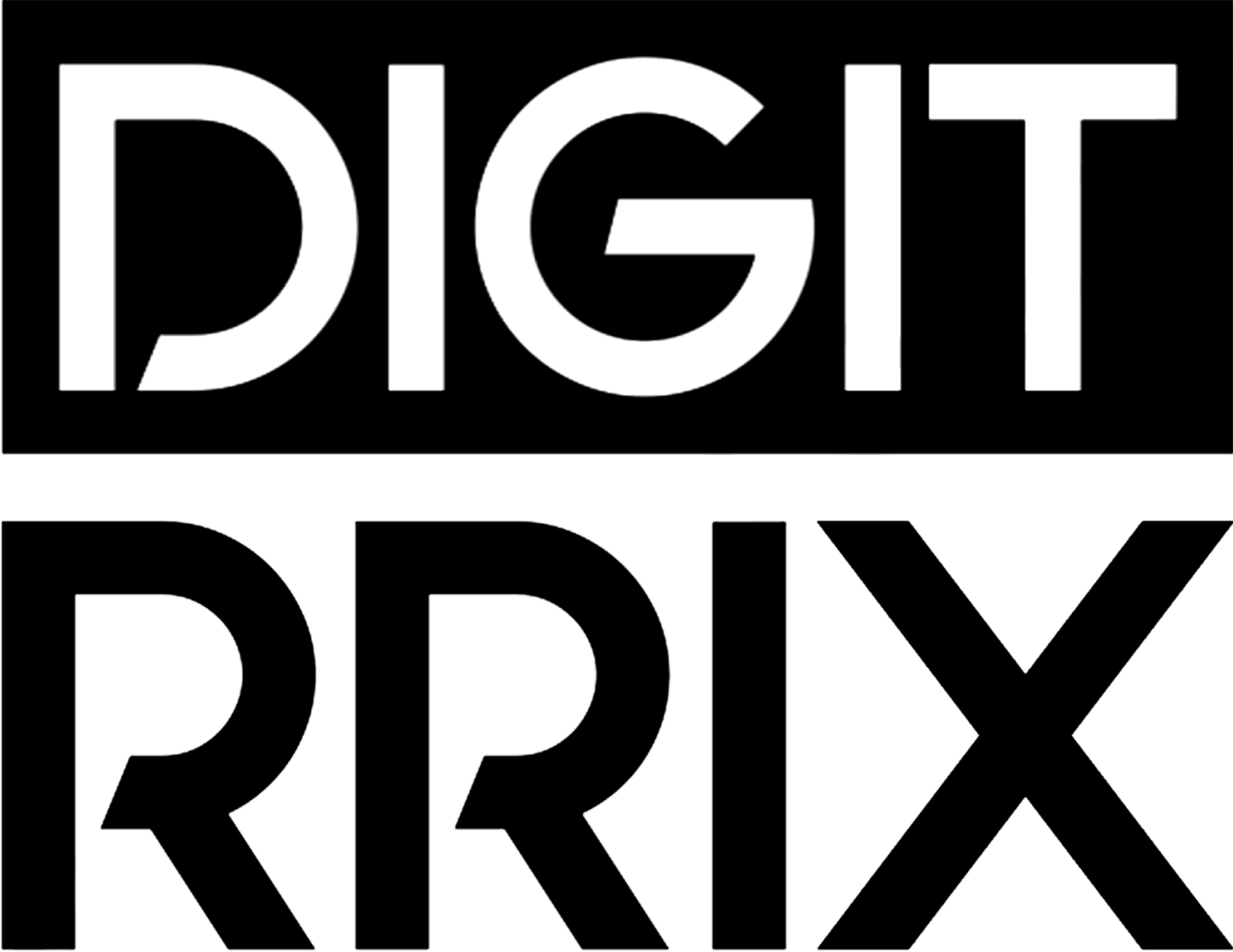
Maximizing ROI: Why Investing in Software as a Service Pays Off
In today’s fast-paced digital landscape, businesses seek strategies that not only streamline operations but also maximize returns on investment. Enter Software as a Service (SaaS), a model that revolutionizes the way companies approach technology and resource management. By leveraging ROI Software Service, organizations can harness powerful tools that enhance efficiency, reduce overhead, and ultimately lead to substantial cost savings. This post explores the multifaceted benefits of investing in SaaS solutions, demonstrating how they can significantly boost your business’s profitability. From understanding the fundamentals of ROI specific to SaaS, to uncovering real-world success stories, we’ll equip you with the insights necessary to make informed decisions in a competitive marketplace.
Understanding ROI in the Context of Software as a Service
In today’s fast-paced digital landscape, understanding Return on Investment (ROI) in the context of Software as a Service (SaaS) is pivotal for businesses looking to maximize their operational efficiency and profits. ROI is a performance measure that evaluates the profitability of an investment relative to its cost. In the SaaS model, where software applications are delivered over the internet, measuring ROI can be both straightforward and complex, depending on various factors.
When contemplating a SaaS investment, consider the following aspects:
- Initial Costs vs. Long-Term Benefits: SaaS typically operates under a subscription model, which means lower upfront costs. This aspect allows for a significant reduction in initial capital expenditure, making software accessible without hefty investments.
- Scalability: SaaS solutions are inherently scalable, allowing businesses to adjust their subscriptions based on current needs without overcommitting resources. This flexibility means companies can invest in their growth without financial strain.
- Time to Value: Unlike traditional software implementations, which may take months to deploy, SaaS solutions can often be operational within days. This rapid deployment ensures that businesses begin reaping the benefits almost immediately.
- Reduced IT Overhead: SaaS eliminates the need for extensive on-premise infrastructure and maintenance, which results in significant savings on IT personnel and hardware. By outsourcing these responsibilities to the service provider, businesses can focus their resources on core activities.
- Adaptability and Innovation: SaaS providers continuously update their services, ensuring clients have access to the latest features and technology. This ongoing innovation contributes to a competitive edge in the market.
When delving deep into ROI for SaaS, it’s essential to consider how these factors contribute to both tangible and intangible returns. Metrics such as increased productivity, customer satisfaction, and operational efficiencies should be weighed alongside financial gains. Ultimately, understanding ROI in the SaaS framework allows businesses to make informed decisions that align with their growth objectives, paving the way for more proactive and strategic planning in digital transformation initiatives.

The Key Benefits of Investing in ROI Software Service
Investing in a ROI Software Service brings a multitude of advantages that can significantly transform your business landscape. First and foremost, such solutions provide real-time data analytics. This immediate access to key performance indicators empowers businesses to make informed decisions quickly. By harnessing data effectively, organizations are better equipped to identify growth opportunities and areas that require improvement.
Another compelling benefit is scalability. Unlike traditional software solutions, which often involve substantial upfront investments and resources, ROI-focused service models allow businesses to easily scale their usage. This ability to adjust services based on current needs can help manage costs efficiently, ensuring you only pay for what you need when you need it. As your business evolves, your investment in software can grow seamlessly with it.
Enhanced collaboration can also be a game-changer. Many ROI-focused platforms offer integrated features that facilitate teamwork among employees. This connectivity ensures that all stakeholders operate with the same data and insights, leading to better project outcomes and improved communication.
Moreover, investing in these services promotes data security. With data breaches becoming increasingly common, relying on established providers who specialize in security protocols can safeguard your sensitive information against potential threats. This helps mitigate risks associated with data privacy, ensuring compliance with industry regulations.
Lastly, implementing advanced ROI analysis tools can significantly improve customer satisfaction. By analyzing customer behaviors and preferences, businesses can tailor their offerings, enhance user experience, and ultimately drive loyalty. When customers feel understood and valued, they are more likely to return, significantly increasing lifetime value.
Overall, the benefits of investing in these services not only enhance operational efficiency but also pave the way for sustained growth and profitability.
How ROI Software Service Enhances Business Efficiency
Investing in ROI Software Service is not merely about tracking financial performance; it fundamentally transforms how businesses operate. By leveraging advanced analytics and real-time performance tracking, organizations can make data-driven decisions that significantly enhance business efficiency.
One of the primary ways this type of software improves productivity is through automation. Repetitive tasks such as data collection, report generation, and performance monitoring can be automated, allowing your team to focus on strategic initiatives. This shift not only saves time but also reduces the margin for error, leading to more accurate results. The enhanced accuracy facilitates informed decision-making, which is essential for improving overall operational efficiency.
Another key benefit is streamlined communication. A robust ROI solution integrates various business functions, ensuring that everyone from marketing to finance is on the same page. This synergy fosters collaboration, leading to quicker project turnaround times and minimizing inefficiencies that can occur due to miscommunication. The software centralizes relevant data, allowing team members to access crucial metrics effortlessly, promoting a culture of accountability and transparency.
Moreover, by providing comprehensive insights into performance metrics, businesses can identify areas for improvement swiftly. This data visibility allows management to allocate resources more wisely, ensuring that investments are directed toward projects with the highest potential return. Identifying inefficiencies becomes easier, and corrective strategies can be implemented promptly, further bolstering operational effectiveness.
In sum, utilizing a specialized service that focuses on measuring and improving ROI provides an efficient framework for businesses to enhance their operations. Companies that prioritize this investment not only gain a competitive advantage but also lay a solid foundation for sustainable growth.
Cost Savings and Resource Management with Software as a Service
Investing in Software as a Service (SaaS) brings significant cost savings and resource management benefits to organizations of all sizes. Unlike traditional software models, SaaS eliminates the need for hefty upfront investments in hardware and infrastructure, allowing businesses to pivot towards a more flexible financial model. Here are some key aspects of how SaaS contributes to cost savings and effective resource management:
- Reduced Initial Investment: With SaaS, businesses can bypass costly hardware purchases and installations. Most SaaS applications operate on a subscription basis, requiring minimal upfront costs, which frees up capital for other essential business functions.
- Maintenance and Upgrades: The responsibility for software maintenance and upgrades falls on the SaaS provider, reducing the burden on internal IT teams. This allows organizations to reallocate resources towards strategic initiatives rather than routine upkeep. Regular updates and improvements are seamlessly integrated into the service, ensuring the latest features are always accessible.
- Scalability: SaaS solutions offer unmatched scalability. This enables businesses to scale usage up or down based on demand without incurring extra costs. Organizations can easily adjust their subscriptions to match their evolving needs, ensuring they only pay for the resources they utilize.
- Enhanced Collaboration: Cloud-based SaaS platforms promote improved collaboration among team members. By facilitating real-time access to information, teams can work together more efficiently, thereby reducing time wasted on inefficient communication or outdated data.
- Business Insights and Analytics: Many SaaS solutions come equipped with built-in analytics tools, enabling businesses to gain valuable insights into their operations. These insights help in resource allocation, ensuring that investments are made where they yield the highest returns.
In summary, embracing Software as a Service not only streamlines operational costs but also enhances resource management capabilities. By recognizing the financial and operational benefits of using ROI Software Service, businesses can optimize their expenditure while maximizing productivity and growth.

Real-world Success Stories: ROI from Software Service Investments
Investing in Software as a Service (SaaS) can yield significant returns, and numerous organizations have successfully demonstrated the impact of their investments through compelling real-world success stories. By examining these case studies, it’s possible to gain insights into how adopting cloud-based solutions can drive efficiency, enhance productivity, and ultimately improve ROI.
One notable example comes from a mid-sized retail company that integrated an inventory management SaaS solution into their operations. Previously, the company faced challenges managing stock levels and often dealt with either overstocking or stockouts, leading to lost sales and increased costs. After implementing the SaaS, they experienced a 30% reduction in inventory costs and enhanced stock accuracy, resulting in improved customer satisfaction and loyalty. The return on investment within the first year was substantial, illustrating how targeted software solutions can revolutionize conventional business processes.
Another impressive case includes a global marketing agency that utilized a customer relationship management (CRM) SaaS platform. By streamlining client communications and automating marketing campaigns, the agency noted a 40% increase in revenue within just six months. The integrated analytics features allowed them to optimize client targeting and improve overall campaign effectiveness, driving measurable results that exceeded their expectations. This success underscores the importance of choosing the right ROI Software Service that aligns with specific business needs.
These success stories serve as powerful testimonials that investing in dedicated software solutions not only enhances operational efficiency but can also amplify revenue growth far beyond initial expectations. As organizations continue to adapt to the digital landscape, leveraging SaaS tools presents a unique opportunity to achieve significant returns on investment, paving the way for a more sustainable and profitable future.
Choosing the Right ROI Software Service for Your Business
Selecting the ideal investment solution for your organization is critical to ensuring sustainable growth and performance. When it’s time to choose a ROI Software Service, you must evaluate several key factors to guarantee that the platform aligns seamlessly with your specific business needs.
1. Understand Your Unique Requirements: Different businesses have varying objectives and operational environments. It is essential first to assess your needs—whether that’s tracking project costs, analyzing customer interactions, or evaluating marketing campaigns. By identifying particular requirements, you can seek software that offers tailored functionalities designed to deliver the precise insights you seek.
2. Evaluate Usability and Integration: A user-friendly interface vastly improves employee engagement with the tool. Consider software solutions that allow easy navigation and provide intuitive dashboards. Additionally, ensure that the service integrates well with your existing systems—be it CRM platforms, accounting software, or marketing tools. A seamless integration will facilitate data flow and enhance overall productivity.
3. Consider Scalability: As your business evolves, the software should adapt to your changing needs. Scalability is a vital factor that ensures the service can accommodate growth, whether through additional features or user licenses. Look for providers that offer flexible plans, enabling you to upscale without incurring significant additional costs.
4. Assess Customer Support Services: Reliable customer support is a cornerstone of any valid software solution. Seek out vendors that provide robust support options, ranging from live chat to extensive documentation. This level of assistance can be invaluable in quickly addressing any technical issues that could otherwise disrupt your operations.
5. Review Pricing Models: Various pricing models exist—from subscription-based to one-time fees. Analyze your budget and consider the total cost of ownership over the software’s lifespan. A service that seems economical upfront might accrue higher hidden costs over time through maintenance or limited features.
Ultimately, selecting the right software service to maximize investment returns comes down to thorough research and understanding your unique business dynamics. By focusing on these important aspects, you can find a solution that meets your specific goals and drives successful outcomes.
Future Trends in ROI Software Service and Their Impact on Businesses
The landscape of Software as a Service (SaaS) continues to evolve, bringing to light exciting trends that can significantly impact businesses’ ROI strategies. As organizations strive for greater efficiency and adaptability, understanding these trends is crucial for maximizing returns. Here are some key future trends to watch:
- Artificial Intelligence and Machine Learning Integration: The incorporation of AI and machine learning within SaaS platforms enhances data analysis capabilities. This allows businesses to derive actionable insights swiftly, which can lead to informed decision-making and optimized performance.
- Increased Focus on User Experience (UX): SaaS providers are prioritizing user-centric designs, making their applications more intuitive and accessible. This enhances employee engagement and productivity, translating to higher returns on investment as users can navigate systems more efficiently.
- Customization and Personalization: Future software solutions are heading towards highly tailored experiences. Enhanced configurability will enable businesses to align software features with specific operational needs, ultimately driving productivity and effectively increasing ROI.
- Data Security and Compliance Features: As regulatory environments become more stringent, SaaS solutions are integrating advanced data security measures. By ensuring compliance and protecting sensitive information, businesses minimize legal risks and potential financial losses.
- Subscription-Based Models with Scalability: Providers are shifting towards flexible subscription models, allowing organizations to scale their services based on growth needs. This adaptability means businesses can manage costs effectively while maximizing the value obtained from their software investments.
- Collaboration Tools and Remote Work Integration: The rise of remote work has led to an increased focus on collaborative features within SaaS offerings. Tools that facilitate real-time collaboration can enhance team productivity and align efforts towards common goals, thereby improving ROI.
By keeping an eye on these developing trends, businesses can harness the full potential of their software investments. Embracing these innovations not only positions organizations for immediate gains but also equips them to navigate future challenges in an ever-evolving digital marketplace.

Frequently Asked Questions
What is Software as a Service (SaaS) and how does it work?
Software as a Service (SaaS) is a cloud-based software delivery model that allows users to access applications over the internet. Instead of purchasing and installing software on local devices, customers can use these applications via a web browser. SaaS eliminates the need for extensive hardware and IT infrastructure, making it a cost-effective solution. Subscriptions ensure that users have the latest software versions, regular updates, and technical support, which maximizes productivity and operational efficiency.
What are the main benefits of investing in SaaS for businesses?
Investing in SaaS offers numerous benefits for businesses, including lower initial costs since there are no major hardware or software purchases required. It allows for enhanced scalability, enabling companies to adjust their subscriptions based on current needs. Furthermore, SaaS solutions are accessible from any device with internet connectivity, facilitating remote work and collaboration. Additionally, continuous updates and support ensure that customers have access to the most secure and efficient tools, ultimately contributing to a higher return on investment (ROI).
How does SaaS help reduce operational costs?
SaaS significantly reduces operational costs by eliminating the need for heavy upfront investments in IT infrastructure and in-house maintenance. With subscription-based pricing models, businesses can convert significant capital expenditures into predictable operating expenses, thus managing budgets more efficiently. Moreover, the SaaS model minimizes administrative overhead by providing automatic updates and maintenance handled by the service provider. This allows teams to dedicate their focus to core business activities instead of troubleshooting and managing software, leading to more streamlined operations and cost savings.
Can SaaS solutions be customized to meet specific business needs?
Yes, many SaaS solutions offer customizable features to cater to the unique requirements of various businesses. Providers typically offer various plans and configurations that allow companies to select functionalities that align with their operational goals. Additionally, many SaaS platforms allow integration with existing software and systems, enhancing flexibility. While customization can sometimes involve additional costs, the ability to tailor SaaS applications to specific workflows greatly enhances user experience and ensures that businesses derive the maximum value and ROI from their software investment.



